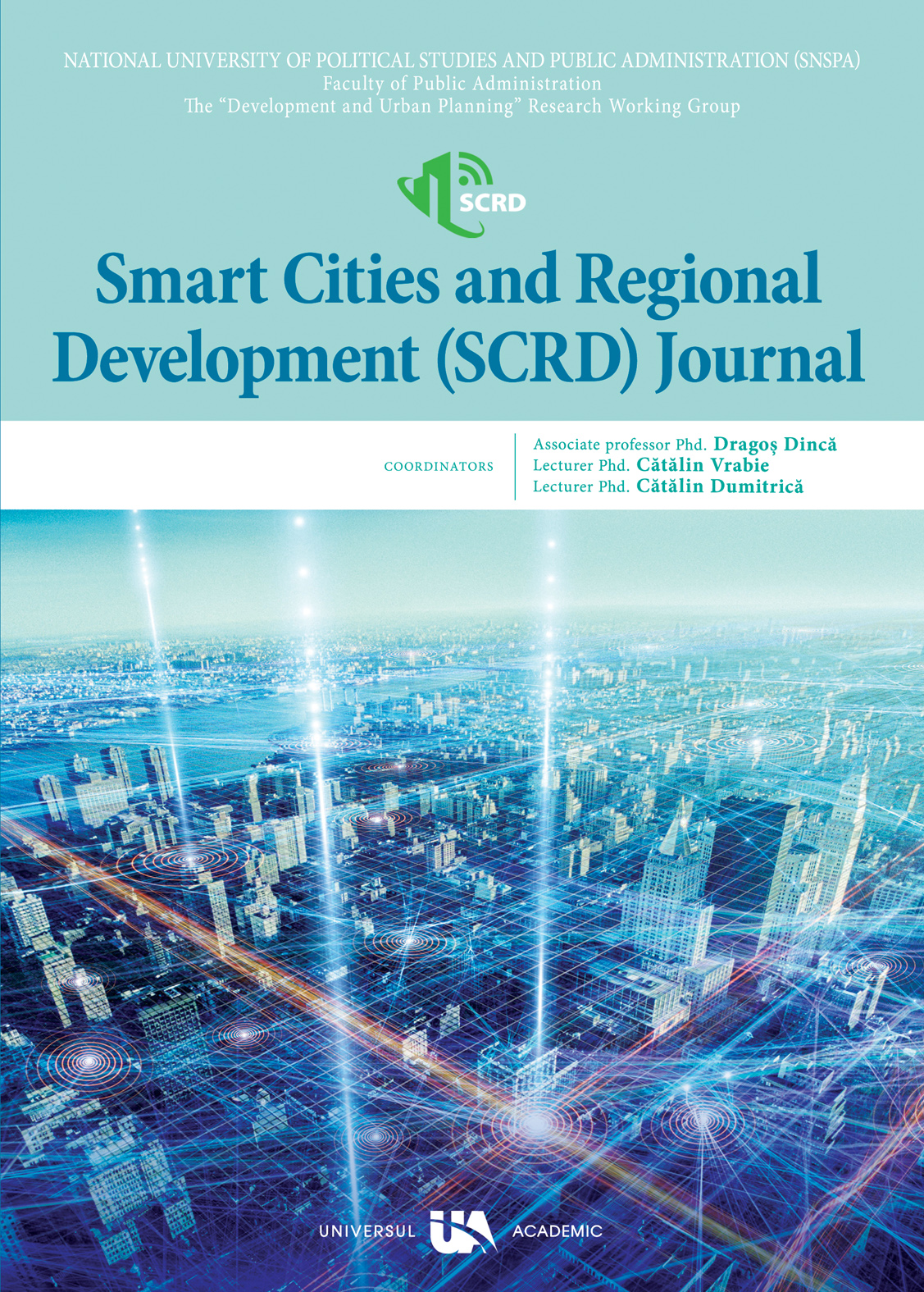Smart cities & crowdsourcing
Smart cities & crowdsourcing
A bottom-up approach
Author(s): Christina Marta Suciu, Diana Florentina NăsuleaSubject(s): Social Sciences
Published by: Editura Pro Universitaria
Keywords: Smart Communities;Internet of Things;Crowdfunding;Social-Media;
Summary/Abstract: Objectives The main aim of our paper is to offer some creative & innovative ways of using crowdsourcing in order to improve the wellbeing of both individuals and local communities by providing alternative solutions to real-life problems inspired mostly from some local best practices examples. Prior work As a trend, there are a lot of national and regional initiatives that are trying to push further the idea of creating and developing smart cities through the adoption of new technologies mostly within the governmental and local institutions. Many of the best practices examples are based on automatization, innovative sensors for measuring pollution and on the big data approach like in the case of traffic monitoring. Even though different regions design some well-integrated projects, the goal of becoming a smart city ultimately lies in the ability of local communities to self-organize and voluntarily use some innovative technologies that might facilitate to find efficient and effective solutions for solving some of the most pressing daily issues, such as traffic. Approach We look to identify different solutions that might improve the social, economic and environment cohestion of some small and medium communitites. We explore also some of the the ways in wich social-media platforms might help the complex process of raising awareness regarding road hazards, accidents and related issues and problems. We also discuss the applicability of crowdfunding for local communities as a poosible mean that might be used in order to promote and improve the civic participation. Results We design and suggest a model of an online platform based on the use of crowdsourcing whithin local smart communities such as smart cities. We expect this model to represent the basis for challenging local communities to move from the physical communities approach towards the virtual space by mobilizing crowds to create and support smart, sustainable and inclusive development strategies. Implications Small communities started perceiving Internet as a means of solving day-to-day problems through spontaneous initiatives. Practitioners and public officials should look towards technology as a means of better understanding the needs of their constituency. Our research offers a series of coordinates that can be further adapted according to the needs of different groups and correspondengly adopted to different problems. Value The potential of exploring Internet of Things (IoT) bottom-up solutions for less developed areas is increasing once people are becoming more and more aware of their ability to be actively involved without consuming a lot of their spare time on solving complex communities issues.
Journal: ORAȘE INTELIGENTE ȘI DEZVOLTARE REGIONALĂ
- Issue Year: II/2018
- Issue No: 01
- Page Range: 71-78
- Page Count: 8
- Language: English

